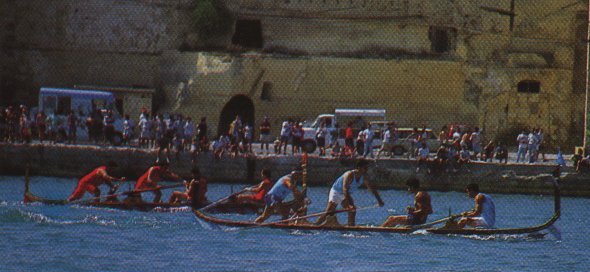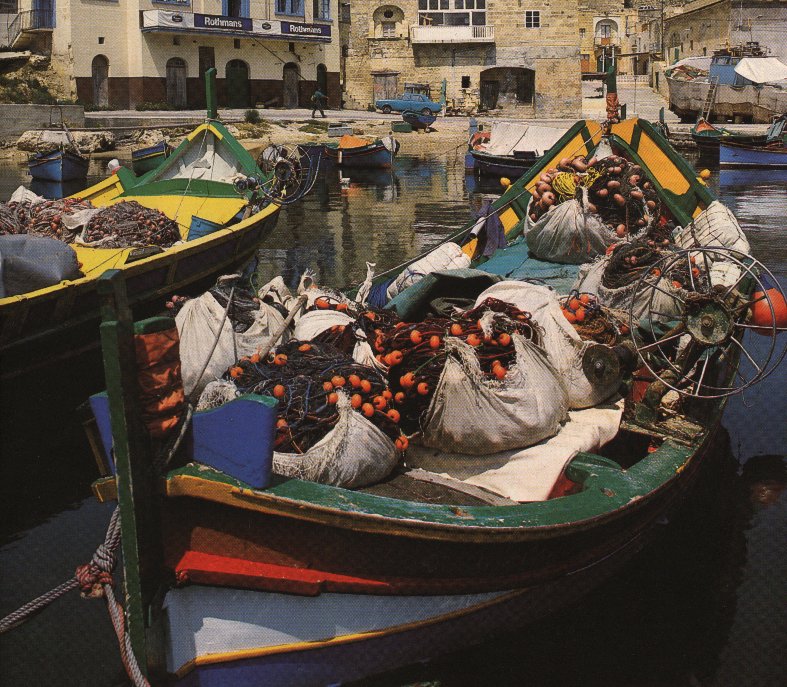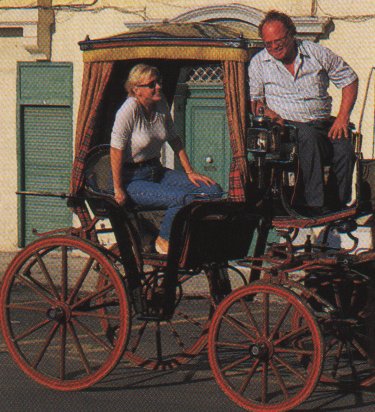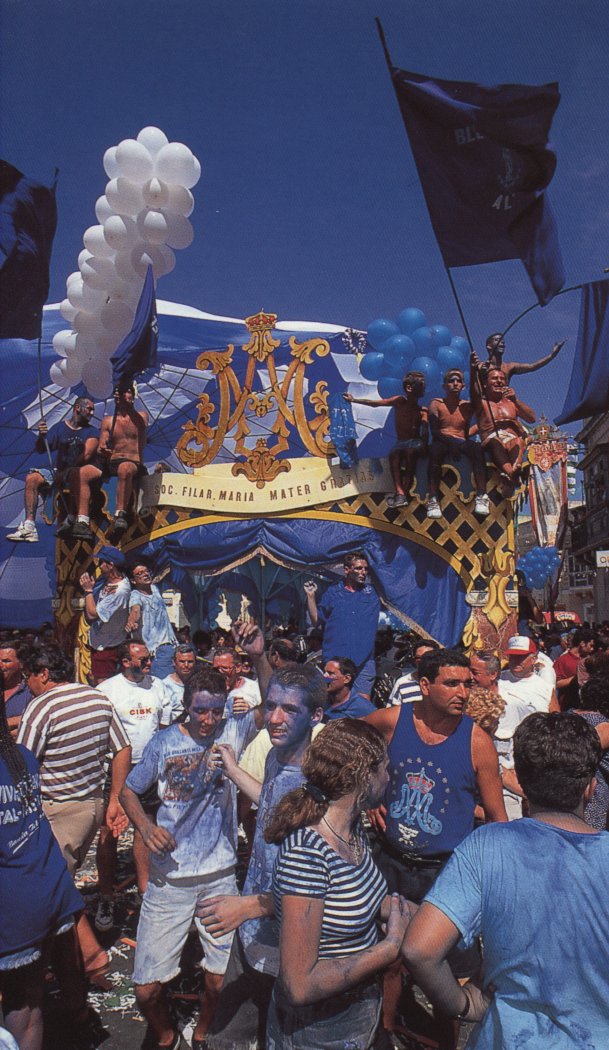 T
T
A BRIEF INTRODUCTION ABOUT THE MALTESE ISLANDS.
The Maltese Archipelago consists of basically three islands namely, Malta, Gozo and the small island of Comino, with Malta being the largest island and Comino the smaller. As one can see from the map at the background Malta took the shape of a fish with fascinating harbours. Malta was inhabited by different masters. The table below shows a brief history of the Maltese islands:
Phoenician Period (800 - 218
B.C.) Pre-Christian.
Roman Period (218 B.C. - A.D.
870) FIRST CHRISTMAS CELEBRATED !.
Malta was an important Naval Station for the Romans.
Christianity entered
Malta after St. Paul and St. Luke were shipwrecked in
route to Rome.
Medieval
Period (A.D.1090 -1282) Roger the Norman conquered Malta in
1090. Maltese controlled by Sicily and France, then by
Peter I of Aragon.
Spanish Period A.D.(1282
-1530).
Knights of Order of St. .Iohn
Period
(A.D.1530 -1798) Displaced Knights of the Order of St.
John of Jerusalem were dislodged from Rhodes by the
Turks. They paid Charles V the annual rent of a
falcon....from which developed the legend of the Maltese
Falcon.
Knights
of Malta Period A.D.(1565 -1798)Turks defeated in great
Naval battle off Malta in 1565. Knights defeated by
Napolean in 1798.
French Rule A.D.1798 -1800 Revolt
of Malta. Local population drove out the
French.
Under
Naples A.D.1(800 -1814).
British Rule A.D.(1814 -1964)
Remained Catholic. Withstood Italian and
German attempts to capture the islands in WWII.
Malta
- An Island Republic A.D.1964 - Current
Malta became an Independent country on September
21, 1964 and is a member of the Commonwealth. On the 13th
of December of 1974, by an act af Parliament Malta was
declared a
republic.
Maltese Folkore.
1. L- Imnarja.
The Mnarja is a typical Maltese folklore festival with plenty of music, folk dancing, feasting and colourful horses and donkey races. It is celebrated on the 29th June. On the eve of the feast at the Buskett garden, Rabat a native dish called `fenkata` (stewed rabbit) is consumed. Exhibits of local produce such as competitions and the traditional singing `l- ghana` take place.The `ghana` is a simple and spontanoes songs with Sicilian snd Arabic tunes often accompanied by the thrilling of guitars until the early hours of the morning. In the following day in the afternoon donkey and horse races took place. This is an event which traces its origin from the time of the Knights of St. John.
2. 8th September- ir- Regatta.
 T
T
The Regatta is held on September 8th in the Grand Harbour celebrating Malta`s victories during the Great Siege of 1565 and the WW2. Its main features are boat races among the rowing teams from the cities bordering the Grand Harbour, Valletta, Vittoriosa, Senglea, Kalkara, Cospicua, Marsaxlokk and Marsa. In the afternoon thousands of people attend the Regatta at the Grand Harbour.
3. Karnival.
The Carnival is a three day festivity which was introduced in Malta in 1535 by the Knights of St. John. The main celebration takes place in the capital Valletta but in every town and village it is also manifested especially by children. In 1721 still at the time of the Knights of St.John a Carnival attraction called "IL- KUKKANJA" was added. It was made like this:
"Long beams were fixed against the guard house opposite the palace, and between each beam, rope-ladders were fastened the whole being covered over with branches of trees in leaf, to which were tied live animals, baskets fulls of eggs, hams, sausages and all kinds of provisions. The wooden edifice was crowned with a globe, made up of hoops and covered with linen cloth, on which stood the figure of Fame holding a flag with the Grand Master 's coat of arms. Crowds of people assembled in the spacious square and at a given signal started the attack on the Kukkanja. The provisions became the property of those who, having seized them, were able to carry them safely through the crowds."
The Carnival also serves as a tourist attaraction.
4. Il- Luzzu.

The Luzzu is another boat , uniquely Maltese. It is painted in the traditional colours of red, blue and yellow. It is put at sea in almost every type of weather. The Luzzu serves as a fishing and ferry boat (for tourists). Many Luzzus have the eye of Osiris painted or carved at the bow. The Osiris is a symbol brought to Malta by the Phoenicians.
5. Karrozzin.

This is another typical maltese thing in maltese folkore.The "Karrozzin"or a horse-drawn cart was introduced in Malta in 1856. For many years it was the main means of transport until the arrival of cars and buses.
6. Faldetta.
The "Faldetta" or Ghonnella is a traditional women`s costume which has disappeared completely from the islands. Nobody knows exactly its origins although some suggest that it was introduced from Spain as a sign of mourning. The Faldetta is made of cotton or silk and its colour is commonly black but sometimes it is also blue.
7. Quccija.
The ceremony of the quccija (choosing) is an old custom concerning a child's first birthday. A basket is filled with a number of objects representing various trades or profession - Rosary beads, an ink-well, a book.... and the first object the tiny hand of the child chooses foretells the little child`s future.
8. Parish festas

Every Maltese town and village is built around the parish church of the locality, a living proof of Malta`s Christian tradition, dating back nearly two thousand years. And for hundreds of years the Maltese have celebrated the feast of the villages patron saint, to whom the parish church is dedicated, with great devotion.
9. The art of lacing- Bizzilla
Malta lace is a traditional craft famous for centuries. It is beautiful to look at and apparently permanent. It is hand made by women on both islands, particularly in Gozo, where visitors can watch women sitting at their doorsteps nimbly plying the flying bobbins to turn out a traditional or more modern pattern. One can choose from table cloths or tea-towels which look fabulous at any occasion from causal to formal.